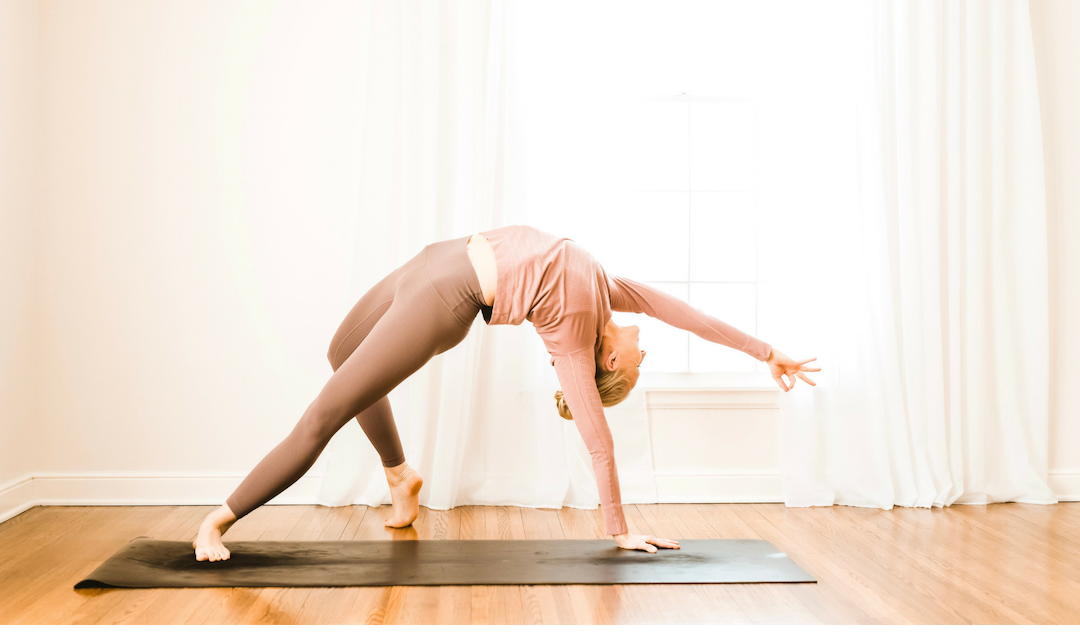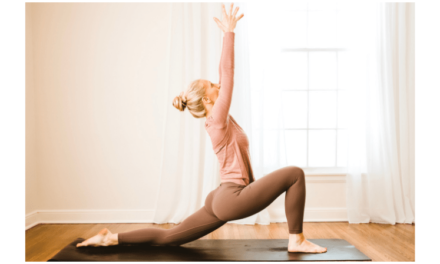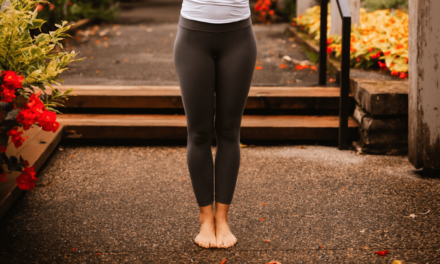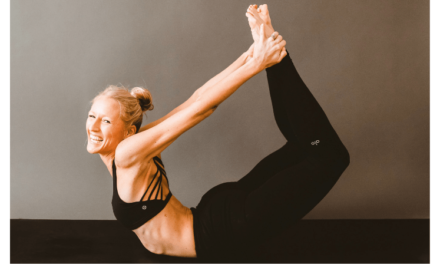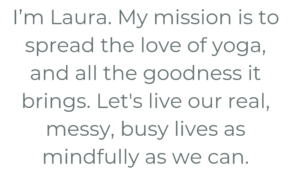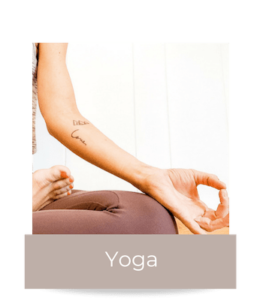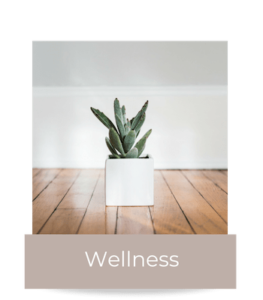With every yoga class that I teach, I see all types of students walk through the yoga studio doors.
Some yogis are calm and relaxed and arrive 30 minutes to class. And sometimes others arrive just as class is starting and stumble in with their arms full of their yoga matt and water bottle and more than likely were screaming curse words at other cars to get to class on time.
Namaste, friend.
Some yogis greet me with a smile, and some never make eye contact.
Some yogis have been practicing for years and can do all the fancy yoga posture tricks, and some have never done a Downward Facing Dog.
I see all of this, almost every.time.I.teach.
After 10 years of teaching, I’ve collected a few insider yoga teacher tips that your teacher wishes you knew, no matter what kind of yogi you are.
23 Insider tips your yoga teacher wants you to know
Pre- Class
1. Arrive on time
This may not seem like a tip, but it truly is. We want you to give yourself a minute on your mat before class starts to drop in and turn the outside world off.
If you do arrive late, consider attending a later class. The sound of a mat unrolling when everyone is in child’s pose is always distracting, despite how ninja-like you are when walking in.
2. Let your time on your mat count – leave your crap at the door
We want you to feel amazing when you’re in class. Let the time on your mat be just for you. Everything else can wait until later to worry about (or better yet, don’t worry at all and let it go).
3. Tell your teacher if you are injured
Your safety is our number one priority. We want to help you heel and recover if something is not 100% in your body. We will give you options in class to make sure you don’t push your injury any further. We also want to be aware of injuries when we give physical adjustments. Safety first, always.
4. Leave all personal belongings outside of the yoga room
The less you have around you, the fewer distractions. This means cell phones! If you are a doctor and are on call, or are in a similar situation, we get it. Just let us know.
5. Come hydrated
Especially if your yoga class is heated, being well-hydrated fuels your practice even more. So plan ahead! Tell yourself that you need to focus on drinking water before your yoga practice and then actually do it. When you are low on the H2O, that is when we see students overheating and step out of the room, which only takes away from your time on your mat.
6. If you sweat a lot, bring a towel
And here’s the kicker, your body actually trains itself to sweat early on in class the more you come. It’s the body’s way of cooling you down. Some poor souls are literally dripping buckets in there and are sans towel. And they look miserable. Just keep one in your yoga bag, even if it’s for post-class purposes.

In Class
7. Embrace props
Always grab a block when you enter the yoga studio, and a strap if you know you need it. Even if you are the “bendiest” of them all. Blocks and straps allow us to go deeper into postures. Blocks are our friends, let go of your ego that you may not need them.
8. Once the class has started, resist from talking to your friend next to you
This one is always funny to me when two people start talking some-what loudly to each other during class. If you must, send a facial expression or something else to your friend. Anything besides talking. The whole class hears you.
9. If we give you an adjustment, it’s not because you’re doing something wrong
We give physical adjustments to help you go deeper into the pose. Does anyone else pray for the teacher to adjust you when you hear them walk by? …especially when you’re in half-pigeon or savasana. It’s so good. Physical contact is one of our ways to create connections. But know it is purely for you to go deeper in the posture. Nothing else.
Alignment adjustments are for your safety. And it happens to all yogi’s, even the advanced ones. When you’re traveling all over your mat, sometimes your foot is not perfectly straight. If you hear an alignment cue given, no matter who it was for, check it out for yourself too.
10. It’s okay to take breaks – it’s honestly respected by teachers
Let go of your ego that you need to power through the entire class. Our physical bodies take on a lot of stuff that happens to us off our mats. So show some self-love if you need to. Yoga teachers HIGHLY respect when students take breaks. It is a sign of strength.
11. Try all of the postures – even if you think you can’t, just try
Just like the saying, “the answer is always no if you never ask,” you’ll never find growth on your mat if you don’t try the postures.
Seriously, we get so sad when you just look at us like we’re crazy when we cue something new.
12. Modify all and any postures that you want to
This is similar to taking breaks in class, teachers HIGHLY respect when students modify postures to fit their practice. Again, it’s a sign of strength.
13. Bend your flipping knees!
If you have tight hamstrings, for the love of yoga, bend your knees. It’s ok! Flexibility will come a lot faster when you give your muscles the opportunity to properly open up vs forcing it and risking injury.
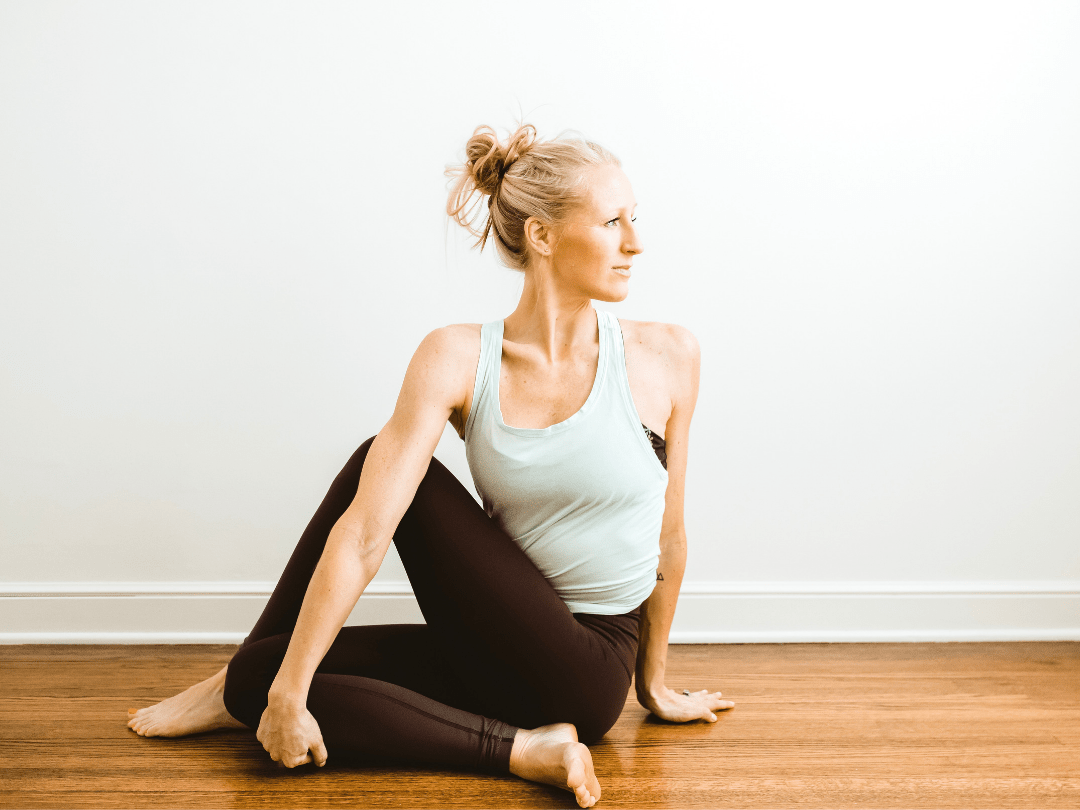
14. Just breathe. Especially when you want to get out of the posture, take one more breath
Your body is much stronger than your mind gives it credit for. By taking one more breath, you gain that much more strength and that much more confidence that you can do it.
Note: if you’re in pain in a posture, back off. That is different than resisting a posture.
15. Inhales are for lengthening; exhales allow you to go deeper
Think to yourself, inhale to create the space in order for my exhale to take me to where I want to go. This applies to your physical body and your mind.
16. You do you in class. I promise the yogi next to you is not looking at you
Don’t worry even for two seconds about what the yogi next to you is doing. You don’t know what they’re working on in their body or if something is going on off their mat. Let go of comparison and judgment.
17. A lot of student’s fart in class. It’s ok. Don’t make a big deal about it
We won’t tell a soul it was you.
18. If you touch someone while practicing, it’s ok
Seriously, it’s just another form of connection and a reminder that we are all in this together.
19. Stay for savasana. If you have to leave early, do it before we’re in savasana
I can’t stress how important savasana is. It properly aligns all the physical movements you just did to give your mind a well-needed break. It’s critical to give yourself that time.
If you must leave early, take an early savasana.
20. It’s just yoga. It’s okay to smile in there
And if your teacher makes a joke, please laugh or at least smile.
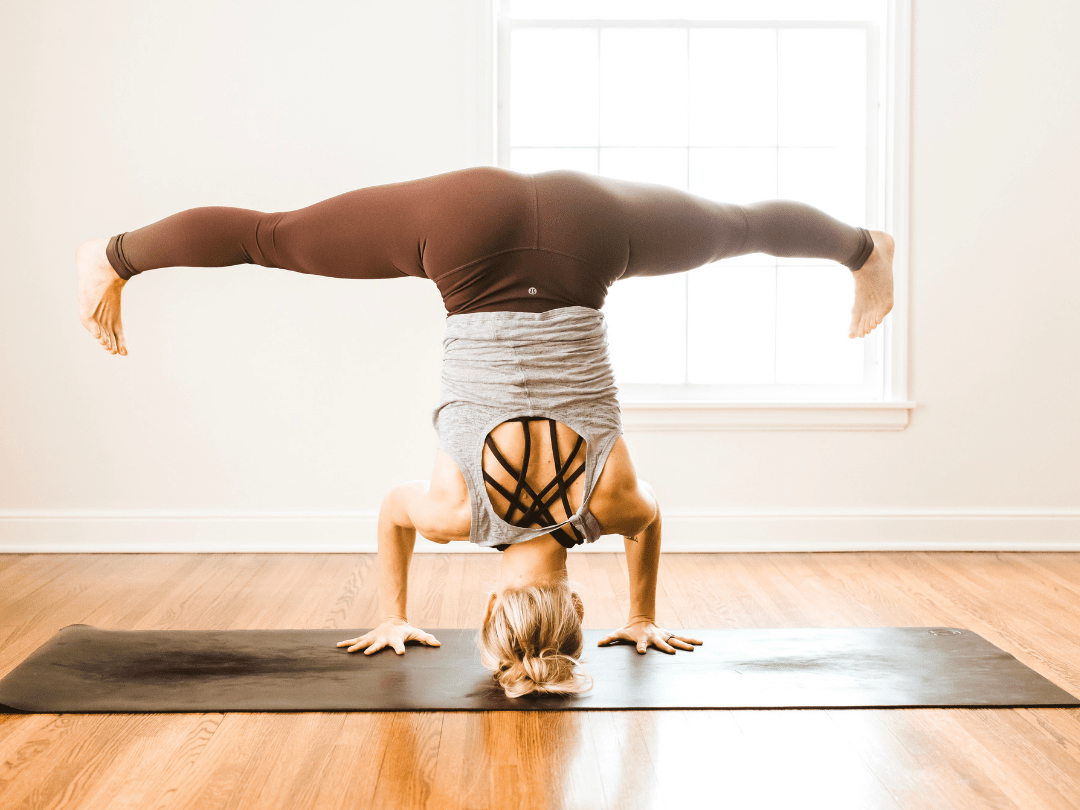
Post- Class
21. Ask questions after class
The average yoga class is 60 minutes long. We move through the postures at a fairly quick rate to fit it all in. So if you’re unsure how to do something or want to know more, ask us after class. Teachers honestly want to talk to you about yoga stuff. Seriously, we love it.
22. Give us feedback
We want to give you what you need. That is why we teach! If there was something that distracted you on your mat, let us know. More than likely another yogi thought the same thing.
23. Tell us what you’re working on
We will help you during class and can sneak in creative ways to help you progress toward your headstand or crow pose. Or at the very least, give you tips for how to work on a certain posture at home. When I hear what students are working on, it always inspires future classes.
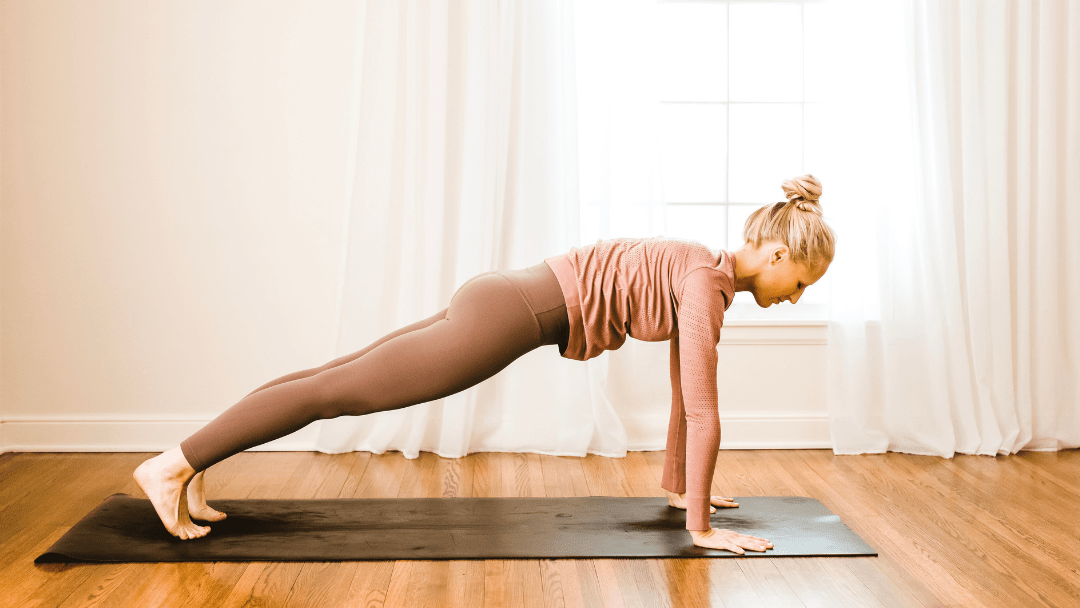
All students come to yoga to work on themselves, whether that is physically or mentally.
As a teacher, all I want is for a student to walk out of the yoga studio and feel better than when they walked in.
Take these tips as considerations to improve your time on your yoga mat as well as your fellow yogis next to you.
Though yoga is an individual practice, we are all in this together.

